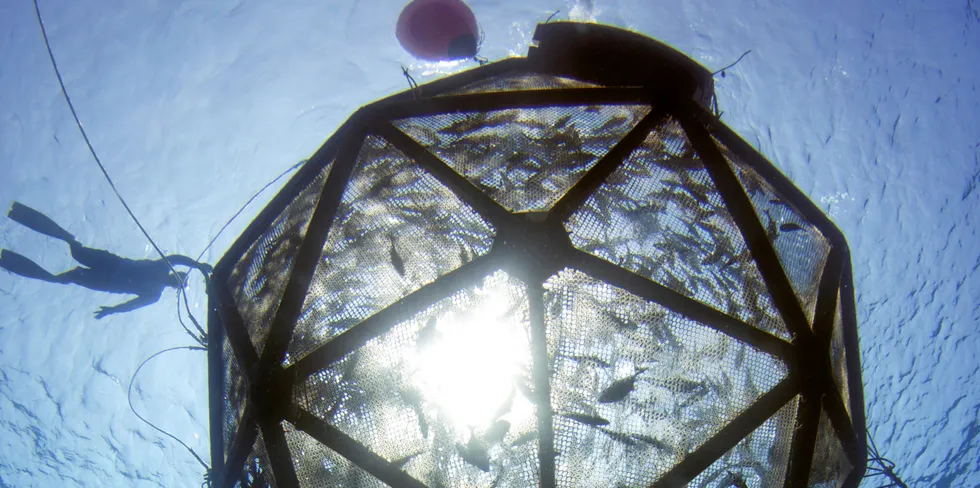LETTER: NOAA’s aquaculture plan is 'more of the same old story'
"One needs only to look at the devastation left by Hurricane Ian ... to see that this is not a safe or realistic model to scale."

"One needs only to look at the devastation left by Hurricane Ian ... to see that this is not a safe or realistic model to scale."
